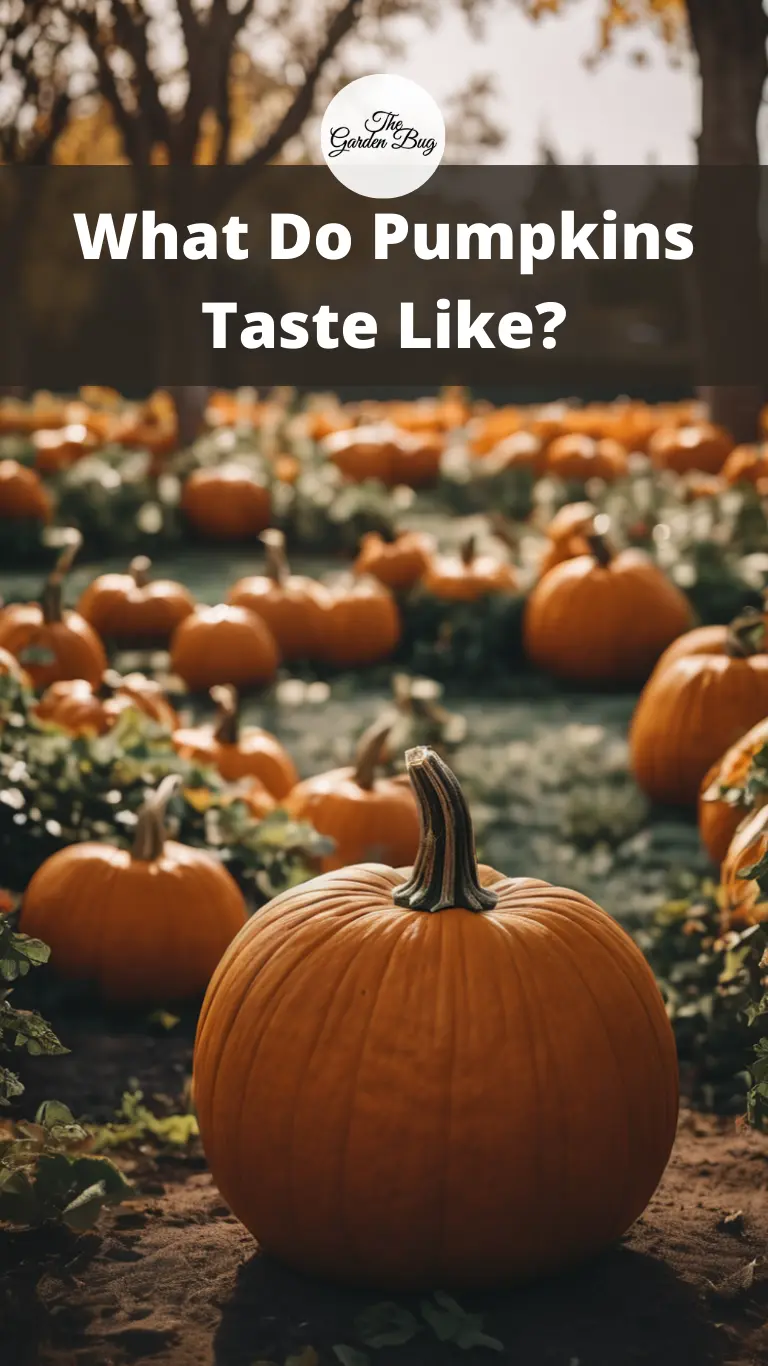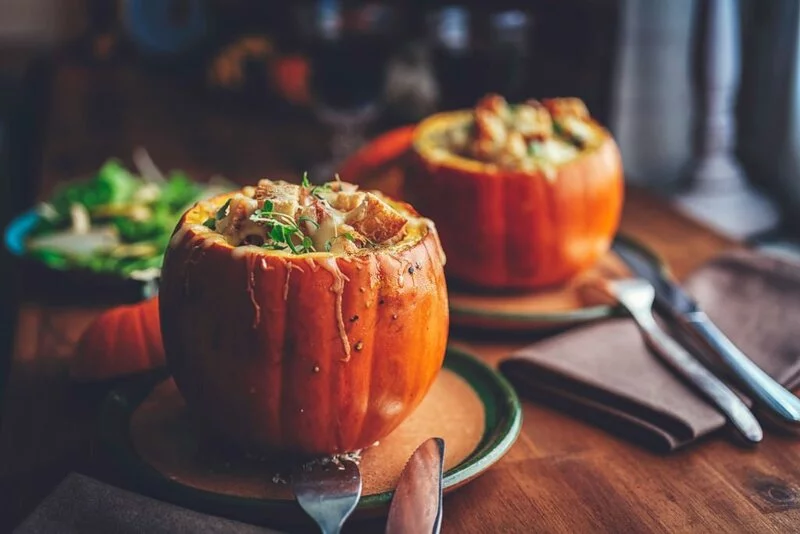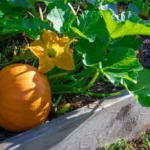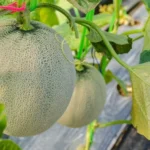Hello there, food explorers! Ever wondered what pumpkins taste like? Perhaps you’ve seen them decorating doorsteps during the Halloween season or had a slice of the classic pumpkin pie at Thanksgiving. Maybe you’ve even sipped on a pumpkin spice latte. But have you ever really stopped to consider what the true flavor of pumpkin is? In this article, we’re diving into the wonderful world of pumpkins to unearth the answer.
- Pumpkin supplement for dogs & CATS featuring GMO-Free pumpkins
- Pumpkins are naturally rich in soluble & insoluble fibers which help support gut Motility & stool quality
- Grain-free, Potato-Free, gluten-free, GMO-Free, MSG-Free, Starch-Free, carrageenan free, vegetarian
- Only two ingredients in a convenient, easy-to-open non-bpa pouch & pureed for easy mixing
- Family owned for Over 10 years & Made in a Human-Food Facility with Superior Safety Standards & Quality Control
Exploring the Flavor Profile of Pumpkins
Pumpkins, in their purest form, carry a mild flavor that’s more on the sweet side but also carries a hint of earthiness. This sweetness is quite gentle and subtle, not like the sugary-sweetness of an apple or a berry. The earthiness we talk about is what gives pumpkins their unique taste – it’s a little bit like the fresh, damp smell of soil in a forest.
The texture of a cooked pumpkin is also part of its taste profile. It’s soft and creamy, almost like a potato but smoother. This texture makes pumpkin a versatile ingredient in both sweet and savory dishes, from the traditional pies and soups to more experimental dishes like pumpkin risotto or pumpkin bread.
However, it’s important to note that not all pumpkins taste the same. Their flavor can vary based on their variety, size, and maturity. But we’ll delve into that a little later in the article. Stay tuned!
Factors Influencing the Taste of Pumpkins
When it comes to pumpkins, not all are created equal, and several factors can influence their taste. The variety of the pumpkin plays a significant role. For instance, sugar pumpkins, often used in cooking, have a sweeter and richer flavor than carving pumpkins, which can be quite bland.
The size and maturity of the pumpkin also affect its flavor. Smaller, fully matured pumpkins usually pack more sweetness and a denser texture compared to larger ones. Similarly, a pumpkin that’s been allowed to fully ripen on the vine will have a deeper, more flavorful taste than one harvested early.
Different Ways to Eat Pumpkins and Their Impact on Taste
Pumpkin is a super versatile veggie that can be incorporated into a wide variety of dishes, each preparation method bringing out different aspects of its taste.
When you roast pumpkin, it caramelizes, bringing out its natural sweetness and enhancing its earthy flavors. Boiling or steaming pumpkin, on the other hand, might not amplify its sweetness, but it gives a pleasantly soft and buttery texture ideal for mashing or for use in soups.
Baking with pumpkin, as in the case of the famous pumpkin pie, combines the pumpkin with spices like cinnamon, nutmeg, and clove. This not only highlights its sweetness but adds warmth and depth to its flavor.
In contrast, when pumpkin is used in savory dishes, like a pumpkin curry or stew, its natural sweetness provides a beautiful balance to spicy or tangy ingredients.
Remember, whether sweet or savory, the true flavor of pumpkin is subtle, so feel free to experiment with different herbs and spices to bring out its best. Enjoy your culinary adventure with pumpkins!
Comparison with Similar Foods
If you’re still struggling to imagine the taste of pumpkin, it may be helpful to compare it to similar foods. The closest comparison is probably a butternut squash. Both have a similar sweetness and richness, though pumpkin has a slightly more earthy and less nutty taste.
Sweet potatoes are also somewhat similar. They are generally sweeter than pumpkin and have a different texture, but if you’ve eaten a sweet potato, you can imagine a less sweet, more vegetable-like version of that, and you’re close to the taste of a pumpkin.
Conclusion
At the end of the day, there’s nothing quite like tasting a pumpkin for yourself. Whether you decide to roast it, puree it, or bake it into a pie, you’ll find that pumpkin has a unique flavor that’s both subtle and versatile. Its sweet, earthy taste pairs wonderfully with a wide range of ingredients, making it a delightful addition to both sweet and savory dishes. So, don’t shy away from this seasonal favorite – explore and enjoy the distinctive taste of pumpkin today!





